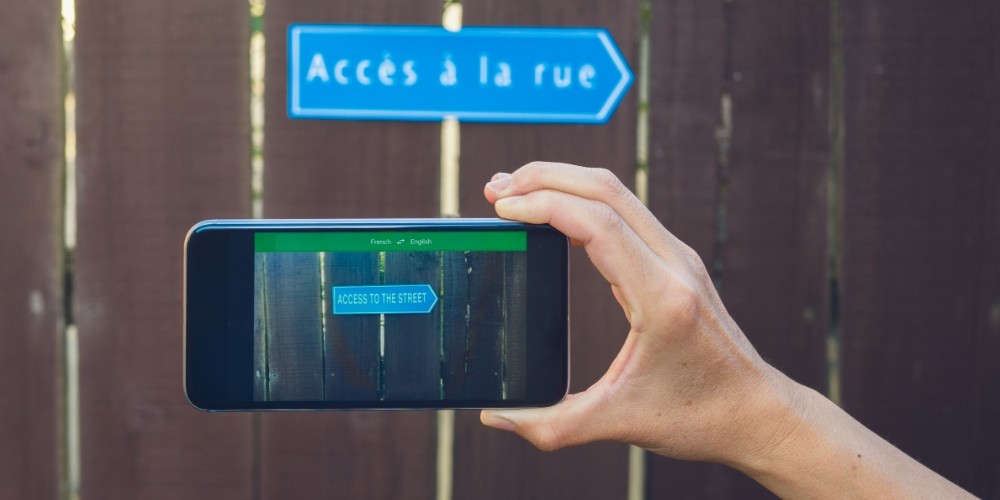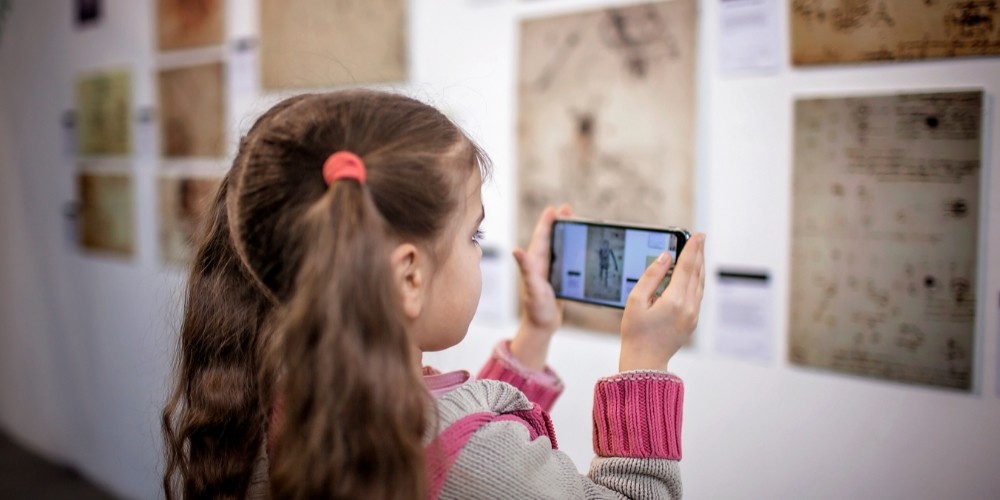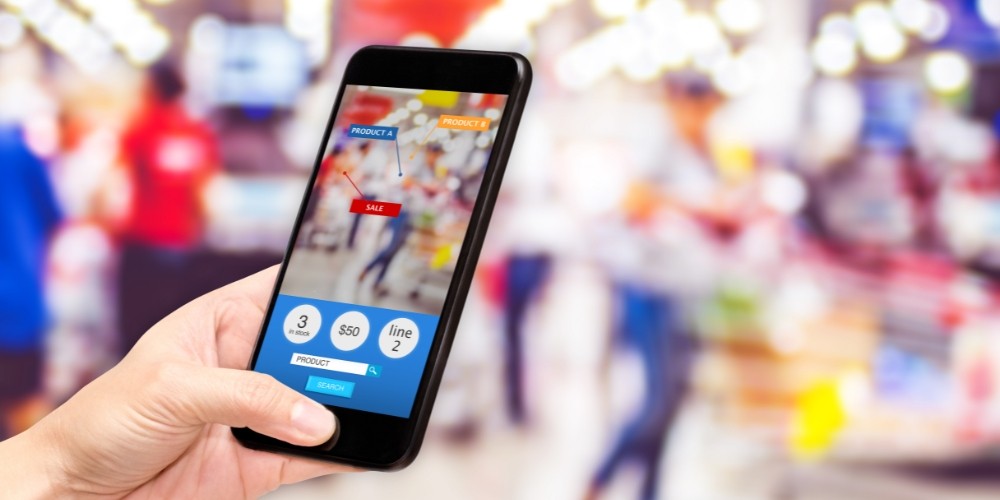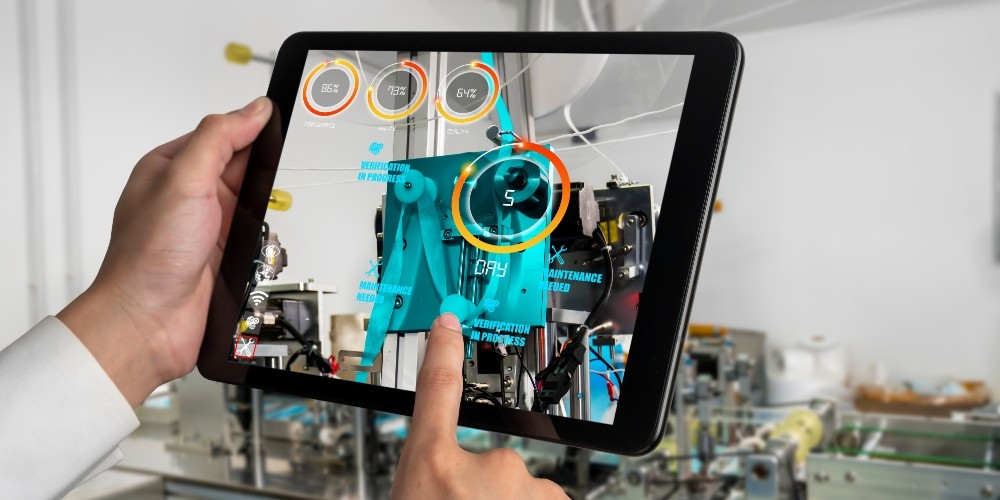Exploring the Fascinating World of Augmented Reality Apps
Jan-27-2024

In today's digital era, the line between the physical and virtual worlds is becoming increasingly blurred, thanks to the advent and evolution of augmented reality (AR). AR technology enhances our perception of the real world by overlaying digital information onto our physical environment, thus opening various possibilities across various industries. This exploration delves into the world of AR apps, highlighting their uses, the technology behind them, and how they are reshaping our personal and professional lives.
The Genesis and Evolution of AR Technology
The concept of augmented reality isn't a product of the 21st century. It traces back to the 1960s, with the first AR system, the "Sword of Damocles," developed by Ivan Sutherland. It wasn't until the 1990s, however, AR became its own, with the development of mobile computing and devices capable of supporting AR technology. The last decade has seen an unprecedented acceleration in AR technology, powered by advancements in artificial intelligence (AI), machine learning, and significantly, the proliferation of smartphones capable of delivering immersive AR experiences.
How AR Works: The Technical Underpinning

At its core, augmented reality integrates digital information with the user's environment in real-time. This is achieved through a complex process that involves several key components: cameras and sensors to capture the real world, processing to interpret and interact with this data, projection to display the augmented information, and finally, reflection to align the virtual and physical worlds accurately. The most common devices used for AR are smartphones, tablets, and specialized AR glasses, each offering different levels of immersion.
Changing the Game: AR in Various Sectors
Augmented reality apps have found applications in countless fields, revolutionizing how tasks are performed and services are delivered.
Retail and Shopping

In retail, AR apps allow consumers to try on clothes virtually or see how furniture might look in their homes before purchasing. Companies like IKEA and Sephora have led the way, offering AR apps that enhance the shopping experience, increasing customer satisfaction and reducing the likelihood of returns.
Education and Training
AR is transforming education by making learning more interactive and immersive. From visualizing complex biological processes in 3D to simulating historical events, AR apps bring subjects to life, thus facilitating a deeper understanding. Moreover, AR is proving invaluable in training scenarios, such as medical simulations and military exercises, by providing realistic yet controlled environments for practice.
Healthcare
The healthcare industry leverages AR for educational and practical purposes. Surgeons use AR to overlay critical information, such as CT scans, directly onto the patient's body during procedures. This enhances precision and can lead to better outcomes. On the other hand, patients benefit from AR apps designed for rehabilitation and managing chronic conditions, offering exercises and instructions in a more engaging format.
Entertainment and Gaming
Perhaps the most widely recognized use of augmented reality is in entertainment, particularly gaming. With the global success of games like Pokémon GO, AR has shown its potential to create engaging, interactive experiences that blend the real and virtual worlds. Beyond gaming, AR enhances live events, concerts, and theater performances by adding a layer of digital enjoyment to the physical experience.
The Future of Augmented Reality Apps

As we look to the future, the potential for augmented reality apps appears boundless. With the advancement of AR glasses and headsets, the next leap forward could bring even more seamless integration of digital information into our daily lives. Furthermore, as AI and machine learning evolve, augmented reality apps will become smarter, more interactive, and capable of providing personalized experiences tailored to the user’s preferences and context.
In conclusion, the augmented reality landscape has possibilities. AR apps are steadily becoming a ubiquitous part of our digital lexicon, from enhancing how we shop, learn, and receive healthcare to revolutionizing entertainment. As technology marches forward, it's clear that augmented reality will play a pivotal role in shaping our future, blurring the lines between what's real and what's virtual and, in doing so, expanding the horizons of our physical world.







